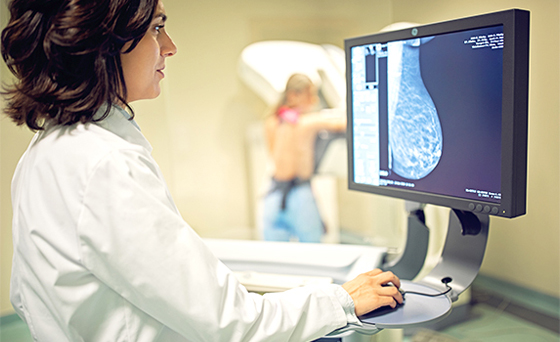CT/X-Ray Contrast Media

Ապրանքի նկարագրությունը
CT/X-Ray Contrast Media
The main component of CT/X-ray Contrast Media is iodine. The Iodinated Contrast Media is a colorless, transparent, slightly viscous liquid. At present, the CT contrast agents can be mainly divided into ionic and non-ionic, according to the osmotic pressure can be divided into hypertonic, isotonic and hypotonic. Currently, non-ionic, isotonic or hypotonic Contrast Media are used clinically. When the CT contrast medium is injected, 97% of the contrast media products can be directly excreted from the kidneys within 1 day. Apart from contrast media products, we also provide calcobutrol sodium for different use.
Types of contrast agents ents in CT/X-ray
Iohexol Injection
Iohexol Injection is non-ionic contrast agent. Compared with traditional ionic contrast agent, Iohexol Injection has the excellent molecular structure, it has greatly improved safety, and significantl...
Iopamidol Injection
Iopamidol Injection is the second-generation non-ionic iodinated contrast media launched in the global market. In 2015, Beilu firstly launched and listed this product in the Chinese market. Product name: Iopam...
Iodixanol Injection
Iodixanol Injection is a Contrast Media that is isotonic with plasma. It has excellent cardiac safety and renal safety, which is most comfortable to use, especially suitable for high risk patients.
Reasonable Use of Iodinated Contrast Agents
Evaluate patient benefits/risks before use
History of allergies: Patients who have previously experienced moderate to severe anaphylactoid reactions to iodinated contrast agents or patients with a history of allergies requiring treatment are at an increased risk of having an allergic reaction to CT scan contrast dye.
Kidney function: iodinated contrast agents can cause acute kidney injury, and patients should be evaluated for related risks before the surgery.
Combination medication: drugs that may increase the risk of adverse reactions to iodinated contrast agents: neuroleptics and antidepressants, interleukin-2, beta-blockers, metformin.
Situations where iodinated contrast agents should be used with caution: lung and heart diseases, catecholamine secreting tumours, pregnant and lactating women, myeloma and macroglobulinemia, myasthenia gravis, homocystinuria. You can see more in the visipaque package insert.
Contraindication: uncured patients with hyperthyroidism.
Dose limit for iodinated contrast agents
On the premise of satisfying imaging/diagnosis, the minimum dose of iodinated contrast agents should be used.
For low-risk patients, the total dose of types of contrast agents had better be controlled within 300 ~ 400 ml.
Maximum dose of iodinated radiocontrast dye
Method I *: 5 ml × body weight (kg)/serum creatinine (mg/dl) (not more than 300 ml) [refer to Cigarroa calculation formula]
Method II: 3.7 times creatinine clearance [according to 2011 ACCF/AHAUA/NSTEMI Treatment Guidelines]
For those with severe renal insufficiency, try to choose an imaging method that does not require iodine-based contrast agents or a non-imaging method that can provide sufficient diagnostic information.
Avoid repeated use of the diagnostic dose of an iodinated contrast medium in a short period of time. If repeated use is indeed necessary, it is recommended that the interval between two MRI contrast agent applications be ≥14 days.
Other precautions for the use of iodinated contrast agents
Preheating: Before using an iodinated contrast agent, it is recommended to heat the contrast agent to 37 °C and place it in a thermostat.
Hydration: It is recommended to hydrate patients within 6 to 12 hours before using an iodinated contrast agent to within 24 hours after use. Hydration method: Intra-arterial drug users are advised to receive intravenous rehydration and oral rehydration concomitantly, and oral rehydration is recommended for intravenous drug users.

